Top 5 Robotic Applications that Need Flexibility

Posted on Sep 10, 2013 1:12 PM. 4 min read time
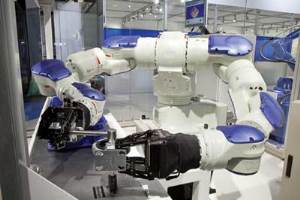
Flexible robotic systems allow quick reconfiguration for design or process modifications on the production line. With these systems, the line can be set up for another product in a shorter amount of time; reducing cycle time and increasing productivity.
In fact, when automation was only accessible to big companies, flexibility was not considered important, since they usually have high volume with low mix productions. However, with new technologies and the price of robotics coming down, medium and small companies are looking to make the move to robotics. Therefore, SMEs have to overcome the challenges of small volume and high mix productions. This is why flexibility is becoming one of the important factors in robotics.
Top 5 Robotic Applications that Need Flexibility
1. Bin picking
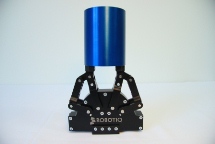
This application can replace the non-value added job of parts tending. The parts can be placed in the bin in a random way and robots can pick up the parts when they need them. However, this can be challenging since the part can have various orientations and locations. Vision systems can improve bin picking when it comes to finding and locating parts in the bin. When it comes to handling, flexibility becomes a must. Parts have 6 degrees-of-freedom, so to be able to pick them up in any orientation, the gripper must have flexibility.
The 2-Finger Adaptive Robot Gripper - 85 is an excellent option for this application, since its 85 mm opening is often just the right size for bin picking. The Adaptive Gripper - 85 can also perform internal and encompassing grips. The fingers also automatically adapt to the shape of any part.
2. Machine Tending
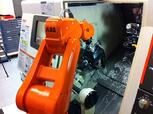 Machine tending is another application that needs flexibility since the part will be changed in the process. This means that the gripper will have to handle a new kind of part after each machining operation. Moreover, to be efficient machines often work on a lot of different parts. Being able to change the job on the machine with minimum changeover time requires flexibility. Here, the robust 2-Finger Adaptive Robot Gripper - 200 can provide great results with its 200 mm stroke and high payload.
Machine tending is another application that needs flexibility since the part will be changed in the process. This means that the gripper will have to handle a new kind of part after each machining operation. Moreover, to be efficient machines often work on a lot of different parts. Being able to change the job on the machine with minimum changeover time requires flexibility. Here, the robust 2-Finger Adaptive Robot Gripper - 200 can provide great results with its 200 mm stroke and high payload.
3. Fixturing
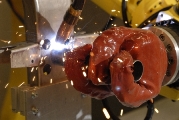
When performing an assembly operation or welding, the parts have to be held in place during the operation. Commonly, jigs are used to position all the pieces for assembly. Once again, this process fits well for big productions with low mix products. However, when different shapes or kinds of pieces are involved, a lot of different jigs have to be designed. This will increase the tooling cost and the cycle time due to changeovers.
Having a flexible fixturing system such as an Adaptive Gripper to hold the parts can greatly reduce those costs and improve productivity.
4. Material Handling
Material handling is also part of the list. Being able to manipulate any part regardless of its shape and geometry needs good flexibility. The industry is used to designing custom tooling for different parts, but this practice is slowly evolving with the new technologies that are available on the market. Manufacturers tend to need new end effectors that are designed to grasp different kinds of objects. It is also interesting to have robotic grippers that can perform different grasps without hard programming or complex mechanics. This is what Robotiq is aiming for in our Robot Gripper design: simple mechanics that give great adaptability.
5. Programming
 Nowadays, robotics are more and more present in manufacturing and this leads to redefining the human worker’s tasks, since robots can handle the most basic part. These workers will have to learn how to work with robots and to be able to set them up for each task. When working with automated devices, robotic programming is often necessary to create the desired tasks. Before, programming was a difficult job that needed a lot of specialized knowledge, so not everyone was able to do it. When it comes to a high mix of parts and quick setups, programming needs to become more flexible too. Today, new technologies are giving this flexibility to programming. As an example, Kinetiq Teaching is a robot end effector that can be installed between a robotic welding tool and the robot arm to help with the programming. Welders can now move the robot by using their hands and easily teach welding jobs to the robot without in-depth programming knowledge. This technique for programming is becoming more popular on shop floors with the arrival of new types of industrial robots - the collaborative robots - and it gives great flexibility to any manufacturing process involving robotic programming.
Nowadays, robotics are more and more present in manufacturing and this leads to redefining the human worker’s tasks, since robots can handle the most basic part. These workers will have to learn how to work with robots and to be able to set them up for each task. When working with automated devices, robotic programming is often necessary to create the desired tasks. Before, programming was a difficult job that needed a lot of specialized knowledge, so not everyone was able to do it. When it comes to a high mix of parts and quick setups, programming needs to become more flexible too. Today, new technologies are giving this flexibility to programming. As an example, Kinetiq Teaching is a robot end effector that can be installed between a robotic welding tool and the robot arm to help with the programming. Welders can now move the robot by using their hands and easily teach welding jobs to the robot without in-depth programming knowledge. This technique for programming is becoming more popular on shop floors with the arrival of new types of industrial robots - the collaborative robots - and it gives great flexibility to any manufacturing process involving robotic programming.


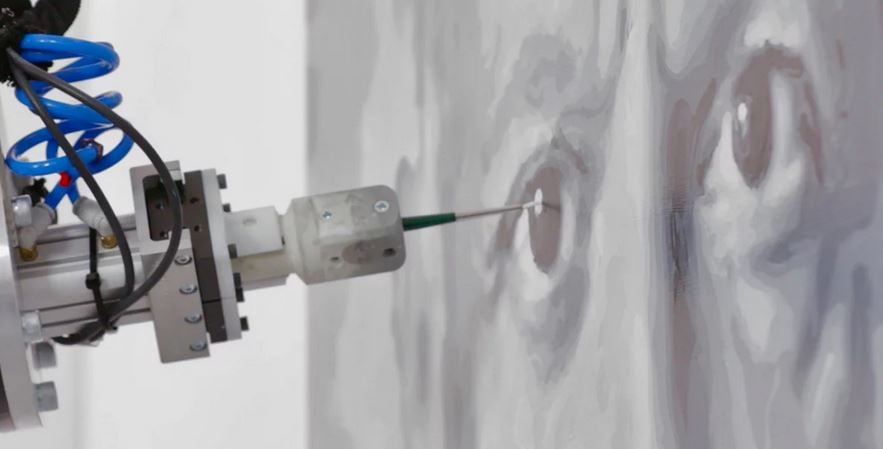

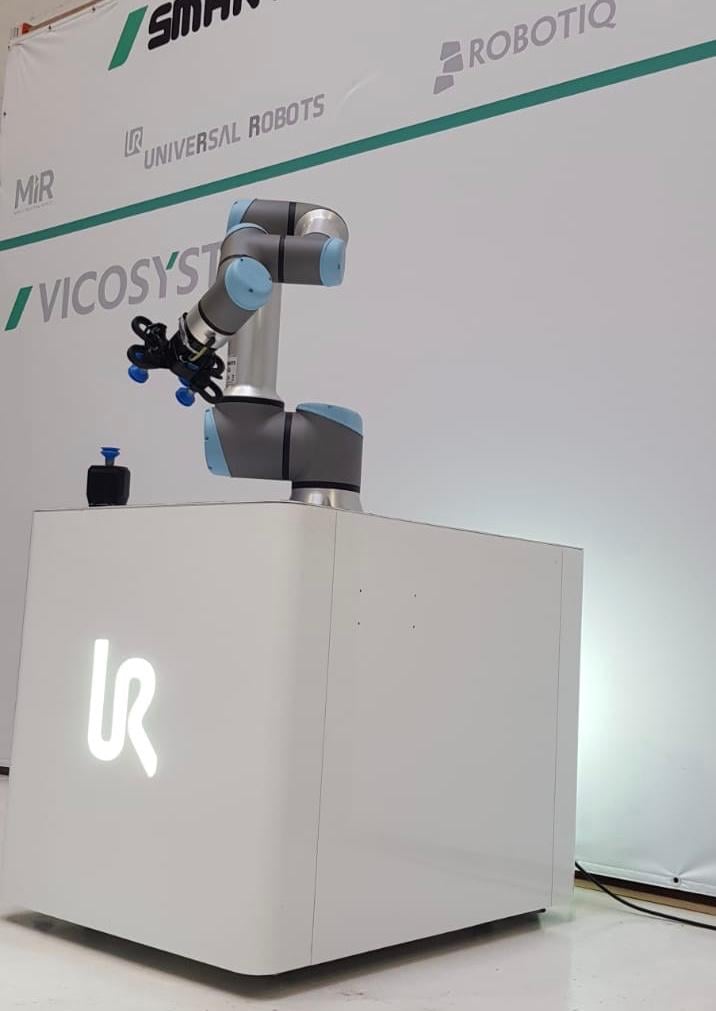

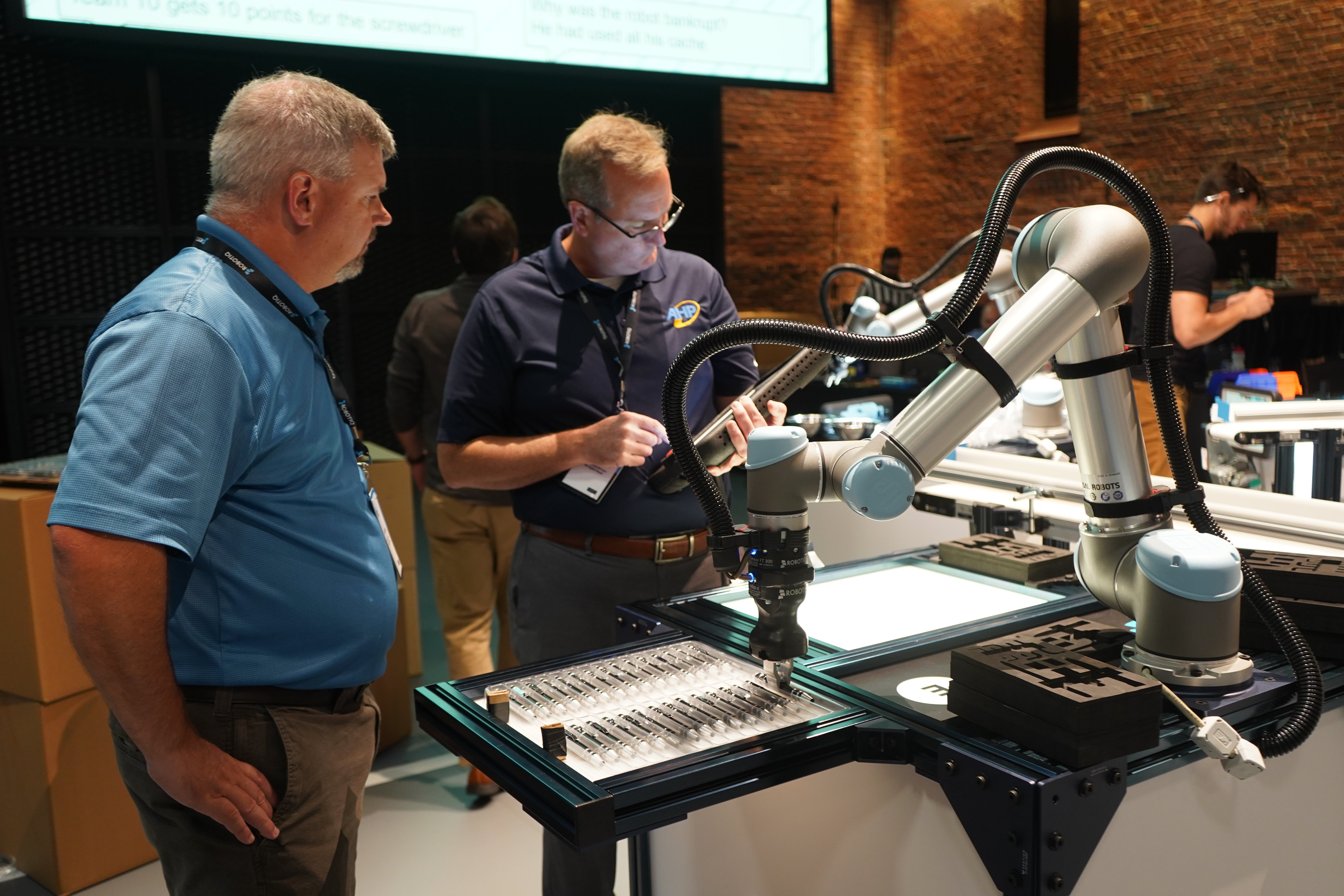


Leave a comment